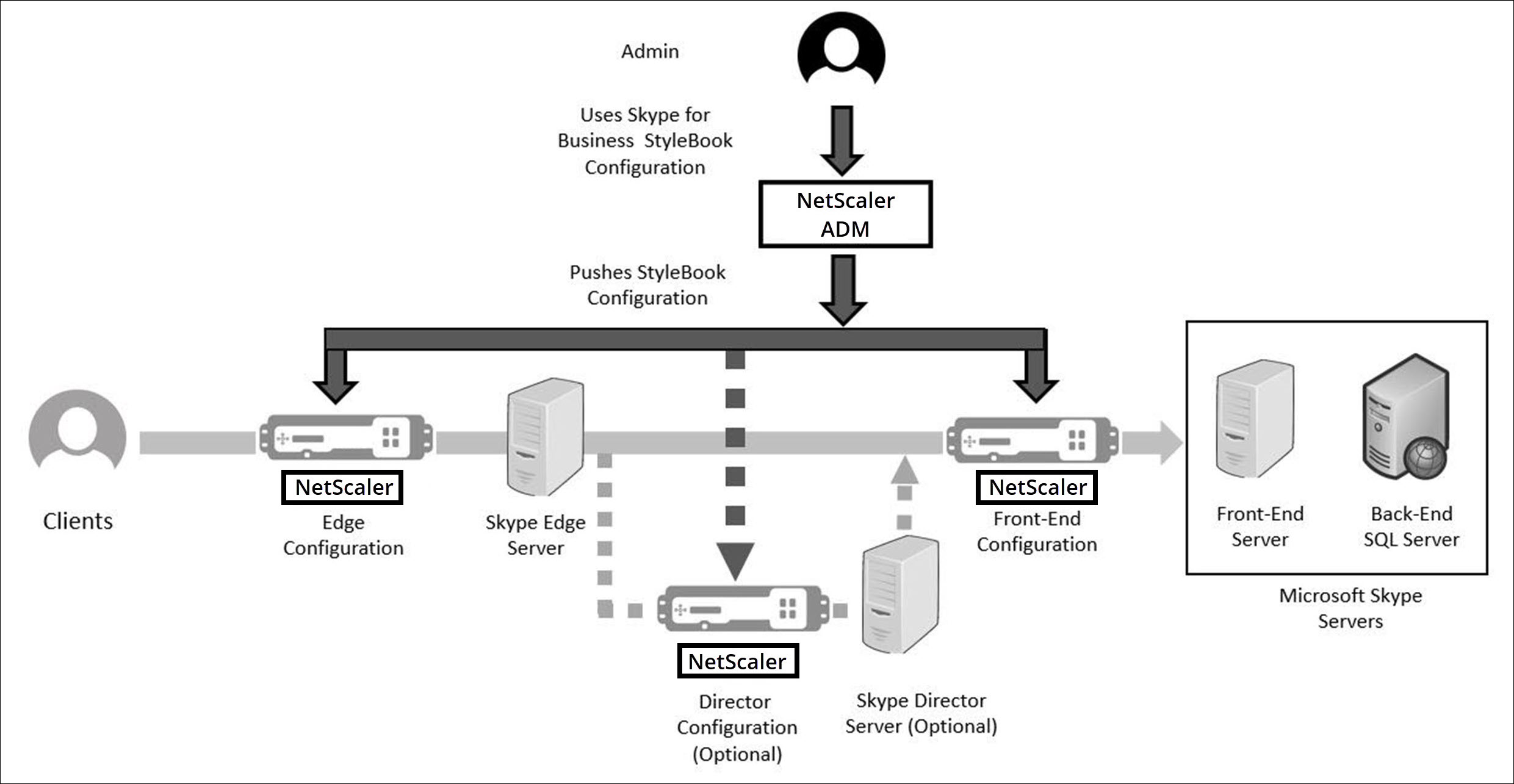

An easy way to tell if your white screen is caused by a port 80 conflict is if you also get a white screen when you click on the “Sites” button on the main menu of DesktopServer.įor those that simply wish to follow written instructions, we have provided them. This is also caused by your port 80 conflict. In this short video, we will demonstrate how to turn off this functionality within Skype and resolve the Port 80 conflict error.Īlso, it sometimes happens that once you have upgraded your Skype, you will find that your locally installed websites only display a white screen. Solved: There is a lot of discussion about IP addresses etc for printer problems. Many times, this issue is caused by Skype taking over control of Port 80 in order to make it accessible to people behind corporate firewalls. In order for any local development environment to work, this port is needed and should anything be utilizing this port, your local web service will not work. The solution is to change the port in one of the applications. The Skype network is not interoperable with most other Voice over IP (VoIP) networks without proper licensing from Skype.

On occasion, when you go to install DesktopServer on a Windows-based PC, you might run into an error telling you that another service is running on Port 80. Skype uses port 80 by default, and thus, may block some other applications that use the same port such as Apache. By default, Skype for Business client applications can use any port between ports 105 when involved in a communication session this is because specific port ranges are not automatically enabled for clients. The Skype protocol is a proprietary Internet telephony network used by Skype.The protocols specifications have not been made publicly available by Skype and official applications using the protocol are closed-source.


 0 kommentar(er)
0 kommentar(er)
